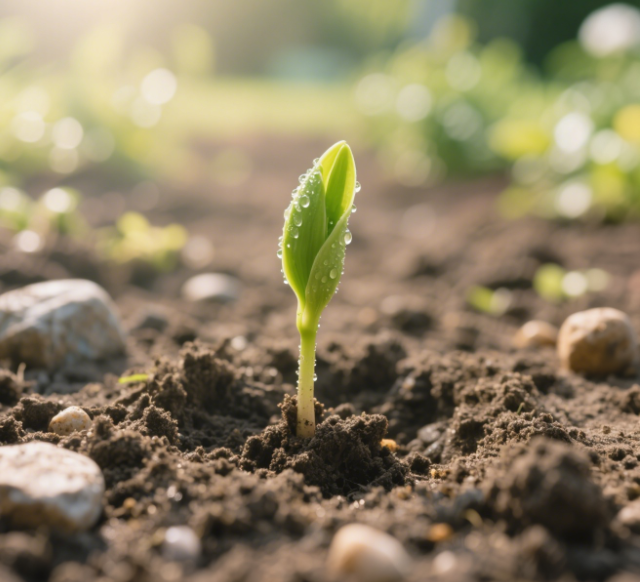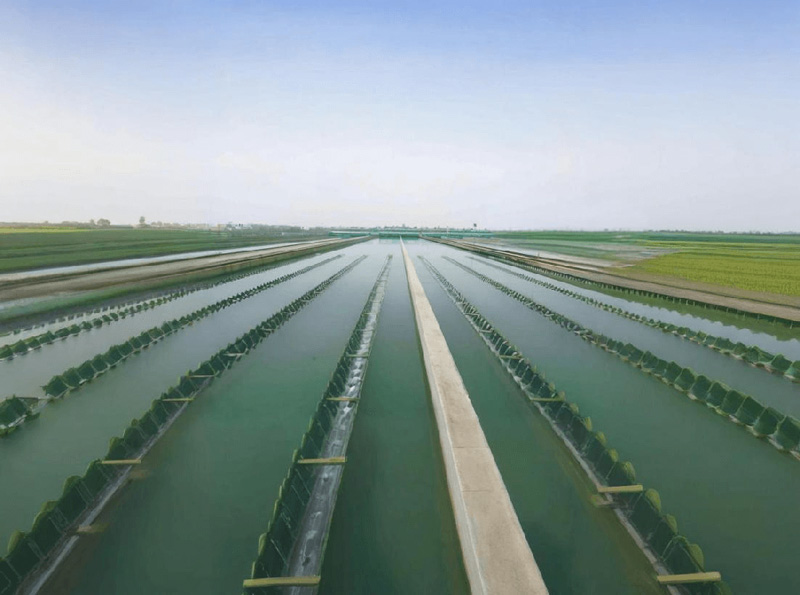Aquaculture Farm Water Quality Testing Plan
The Lanende Aquaculture Water Quality Testing Plan is a comprehensive, efficient, and intelligent water quality management system. It is designed to monitor and evaluate the quality of aquaculture water in real time, ensuring the healthy growth of aquatic organisms and enhancing aquaculture efficiency. Below is a detailed overview of this plan:
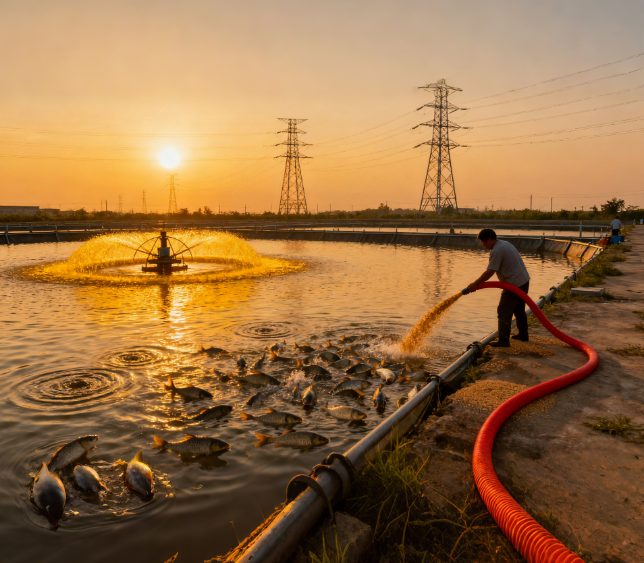
I. Testing Instruments
The aquaculture water quality detector provided by Lanende Intelligent Technology is the core equipment of this plan. This instrument features the following advantages:
Multi-parameter detection: It can simultaneously measure multiple key water quality parameters, including temperature, pH value, dissolved oxygen, ammonia nitrogen, nitrite, nitrate, and total phosphorus.
Real-time monitoring: The instrument enables real-time tracking of changes in water quality parameters and provides instant data, allowing farmers to detect and address water quality issues promptly.
High precision and stability: Adopting advanced detection technology, it ensures the accuracy and stability of measurement results.
Portability and ease of operation: With a compact size and lightweight design, it is convenient for on-site outdoor testing. Additionally, it has a user-friendly interface and built-in operation procedures, enabling easy use without prior training.
Intelligent system: Equipped with an Android intelligent system, it offers an enhanced interactive operation experience and supports remote monitoring and data transmission.
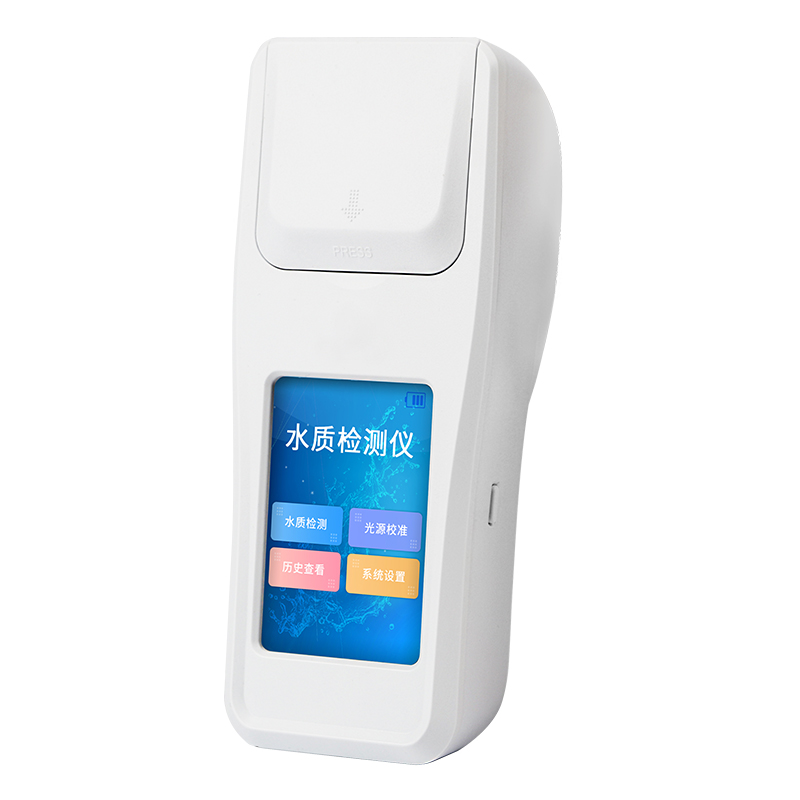
II. Testing Process
① Preparation Work
Check whether the instrument and its accessories are in good condition, and ensure the battery is fully charged.
Clean the probe to eliminate any impurities that may interfere with measurement results.
② On-site Testing
Select the water quality parameters to be tested and their corresponding measurement ranges.
Immerse the probe into the water sample to be tested and wait for the instrument to display readings. During the measurement, ensure the probe does not come into contact with sediment at the bottom or other objects.
③ Data Analysis
After the measurement is completed, the instrument automatically stores the data.
Users can utilize data analysis software to conduct trend analysis and anomaly detection of water quality parameters. If the test results exceed the specified standard range, appropriate corrective measures should be taken immediately.
III. Testing Frequency and Standards
① Testing Frequency
A reasonable testing frequency should be developed based on the actual conditions of the farm and the characteristics of water quality changes. Generally, it is recommended to conduct testing at least once a day to monitor water quality changes in real time.
② Testing Standards
Thresholds for water quality parameters are established with reference to relevant national water quality standards and best practices in the aquaculture industry. For example:
Dissolved oxygen content should not be lower than 2mg/L;
pH value should be maintained between 6.5 and 9.0;
Ammonia nitrogen content should be less than 0.2mg/L.
IV. Alarm and Early Warning System
Automatic alarm: When water quality parameters exceed the preset range, the instrument automatically sends an alarm signal to remind farmers to take timely action.
Remote monitoring: Through Internet technology, remote monitoring and data transmission are realized, enabling farmers to keep track of water quality conditions anytime and anywhere.
V. Maintenance and Care
① Regular Maintenance
Conduct regular maintenance on the instrument to ensure its accuracy and stability.
Clean dirt from the probe and the instrument surface; avoid using hard objects for wiping to prevent damage to the instrument.
② Storage Environment
When the instrument is not in use for an extended period, remove the battery and store it in a dry and well-ventilated area.
Protect the instrument from dust and water vapor to avoid adverse effects on its performance.
VI. Data Analysis and Decision Support
① Data Analysis
Use data analysis software to perform long-term trend analysis and anomaly detection of water quality parameters.
Identify patterns and trends in water quality changes to provide a basis for formulating aquaculture strategies.
② Decision Support
Based on water quality test results and analysis reports, develop scientific and reasonable aquaculture plans and management schemes.
Adjust parameters such as feed formulas and stocking density to optimize the aquaculture environment and improve aquaculture efficiency.
In conclusion, the Lanende Aquaculture Water Quality Testing Plan is a comprehensive, efficient, and intelligent water quality management system. By real-time monitoring and evaluating changes in water quality parameters, this plan enables timely detection and resolution of water quality issues, ensuring the healthy growth of aquatic organisms and enhancing aquaculture efficiency. Meanwhile, it provides functions such as an alarm and early warning system, maintenance and care guidance, and data analysis and decision support, offering farmers all-round water quality management services.

 +86 19353291814
+86 19353291814
